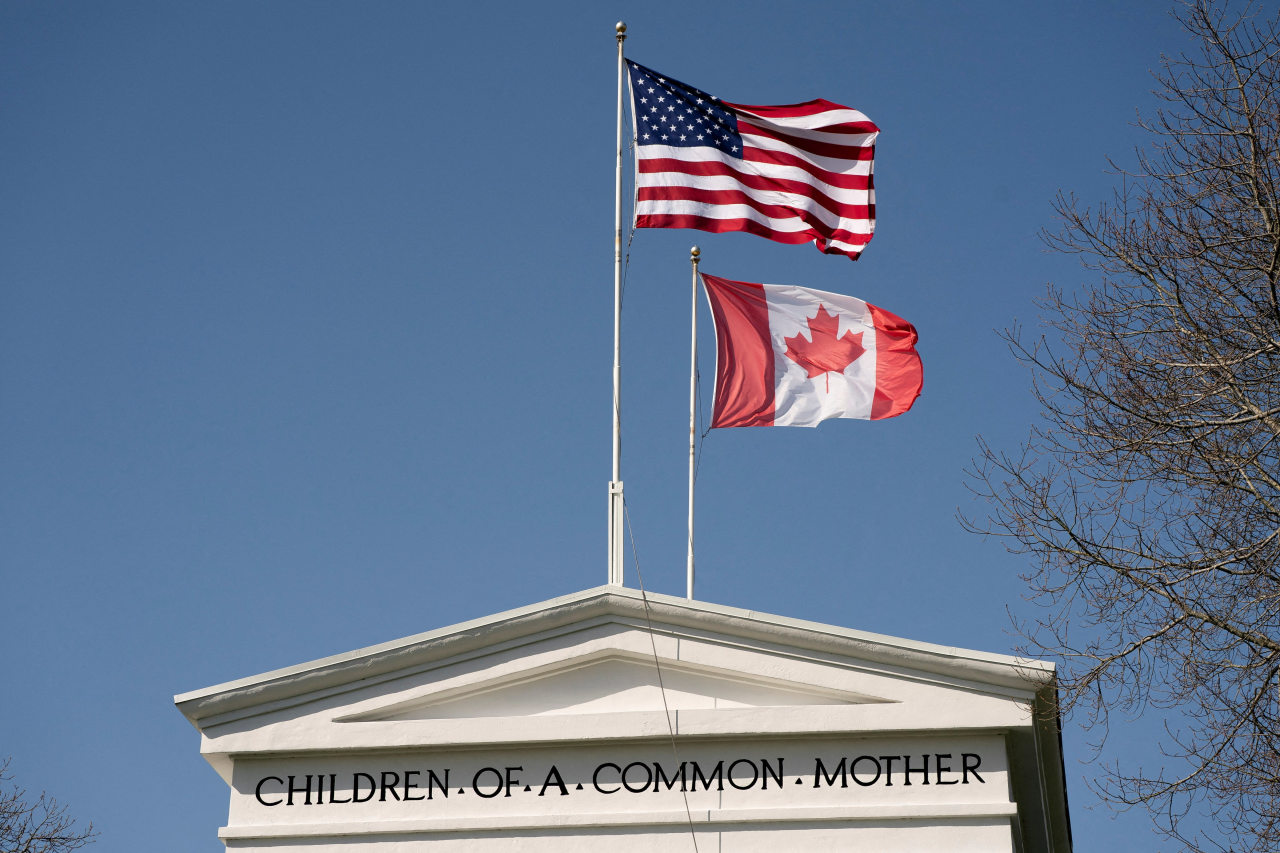Canada has announced it will eliminate its 25% tariff on approximately half of the U.S. goods previously subject to these duties. This decision, confirmed by sources familiar with the matter, reflects an effort by Ottawa to improve its trading relationship with the United States. The change in policy comes after months of tension over trade practices and is seen as a significant step toward cooperation between the two nations.
In March 2023, Canada imposed tariffs on various U.S. products, a move that sparked concern among businesses and political leaders on both sides of the border. The targeted goods included a range of items, affecting numerous sectors from agriculture to manufacturing. By lifting these tariffs, Canada aims to ease trade tensions and foster a more collaborative economic environment.
Implications for Trade Relations
The removal of the tariffs is expected to have a positive impact on bilateral trade. U.S. businesses have been vocal about the negative consequences of the tariffs, which they argue increased costs and disrupted supply chains. With this new development, Canadian officials hope to not only strengthen ties with the U.S. but also position Canada as a reliable trading partner.
According to the Government of Canada, the decision underscores its commitment to fostering a fair and open trading environment. Officials believe that by reducing these barriers, they can create a more favorable climate for investment and trade. This move could potentially lead to increased exports from the U.S. to Canada, benefiting both economies.
Future of U.S.-Canada Trade Relations
The decision to lift the tariffs marks a pivotal point in U.S.-Canada relations. Experts anticipate that this gesture of goodwill could pave the way for further negotiations on trade issues that have been contentious in recent years. Both governments recognize the importance of maintaining a productive partnership, particularly as global economic conditions continue to evolve.
As both nations look to the future, the focus will likely shift toward addressing other trade barriers that remain. Discussions may center around agricultural products, lumber, and technology imports, areas where disagreements have historically arisen.
In summary, Canada’s decision to remove the 25% tariff on certain U.S. goods serves as a positive indication of a renewed commitment to collaboration between the two countries. The long-term effects of this policy change will be closely monitored by businesses and policymakers alike as they navigate the complexities of international trade.






































































